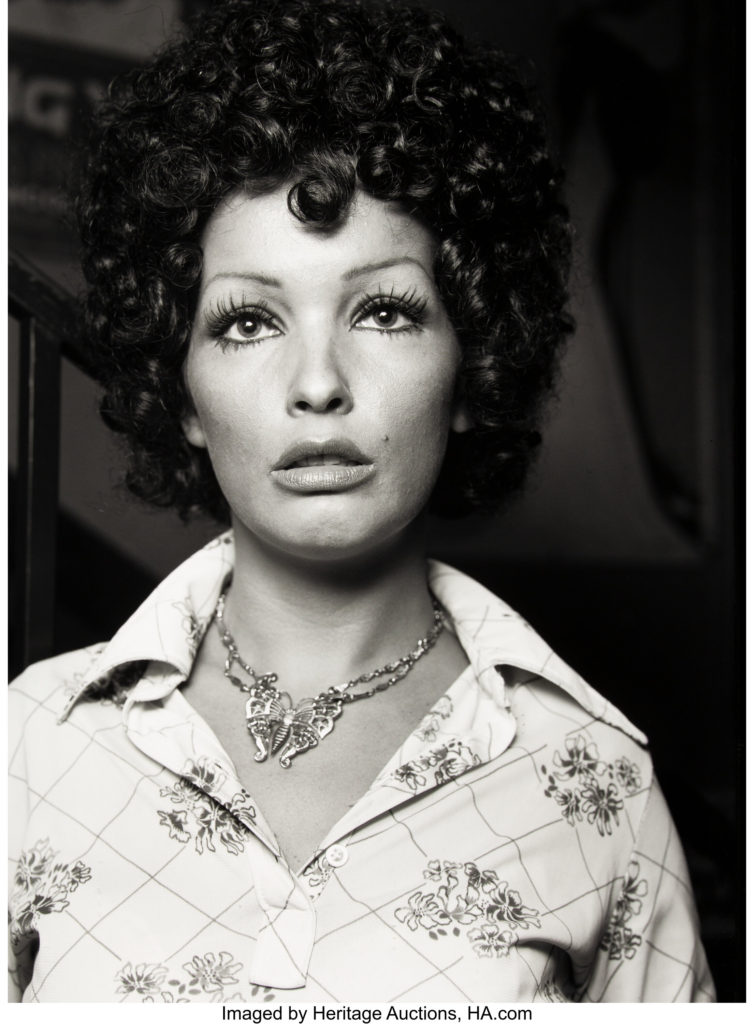William Eggleston

Since the early 1960s, William Eggleston used colour photographs to describe the cultural transformations in Tennessee and the rural South. He registers these changes in scenes of everyday life, such as portraits of family and friends, as well as gasoline stations, cars, and shop interiors. Switching from black and white to colour, his response to the vibrancy of post-war consumer culture and America’s bright promise of a better life paralleled Pop art’s fascination with consumerism.
Analysis

This image captures a shot of reality, the black and white adds impact to the viewer making the photo more intriguing as it creates more attraction as other colours aren’t distracting you and allows you to focus on textures and you aren’t looking at other aspect the image includes.
Eggleston’s “snapshot aesthetic” speaks to new cultural phenomena as it relates to photography: from the Polaroid’s instantaneous images, the way things slip in and out of view in the camera lens, and our constantly shifting attention. Eggleston captures how ephemeral things represent human presence in the world, while playing with the idea of experience and memory and our perceptions of things to make them feel personal and intimate.

Egglestons Photograph 
My photograph
Mood board

